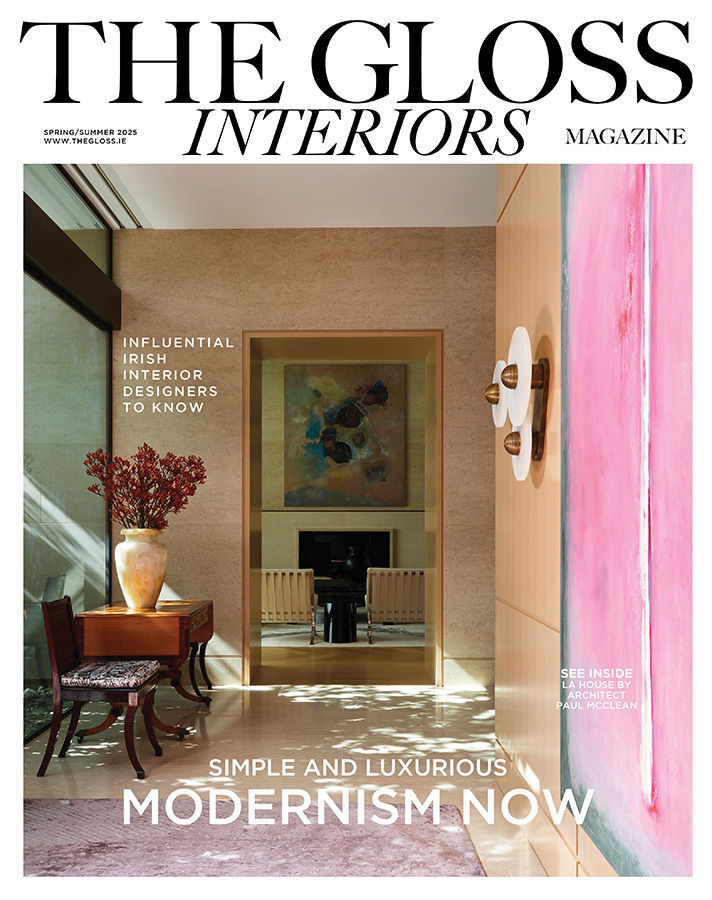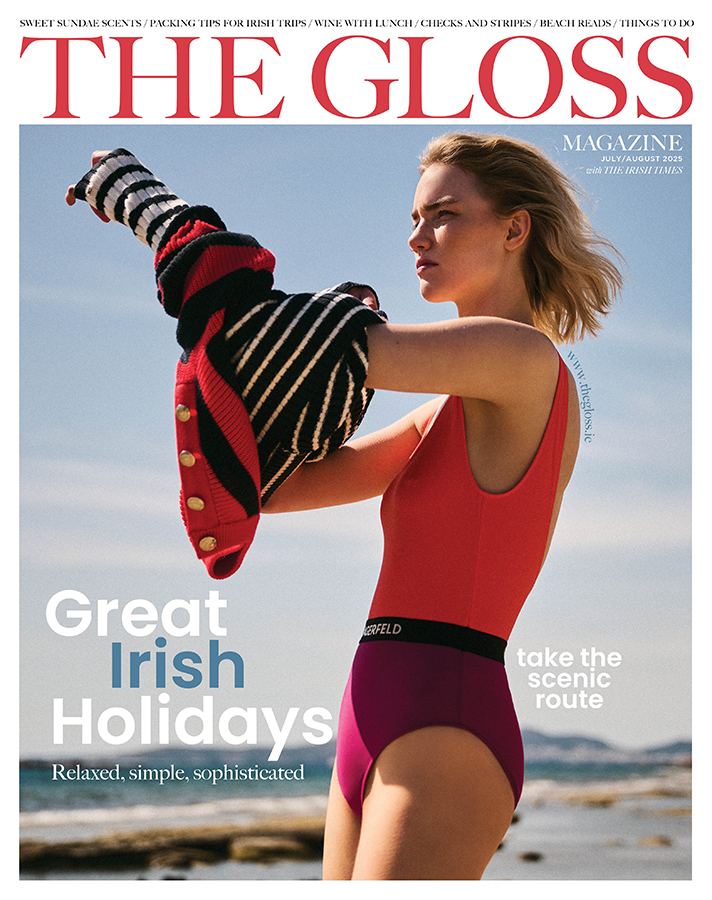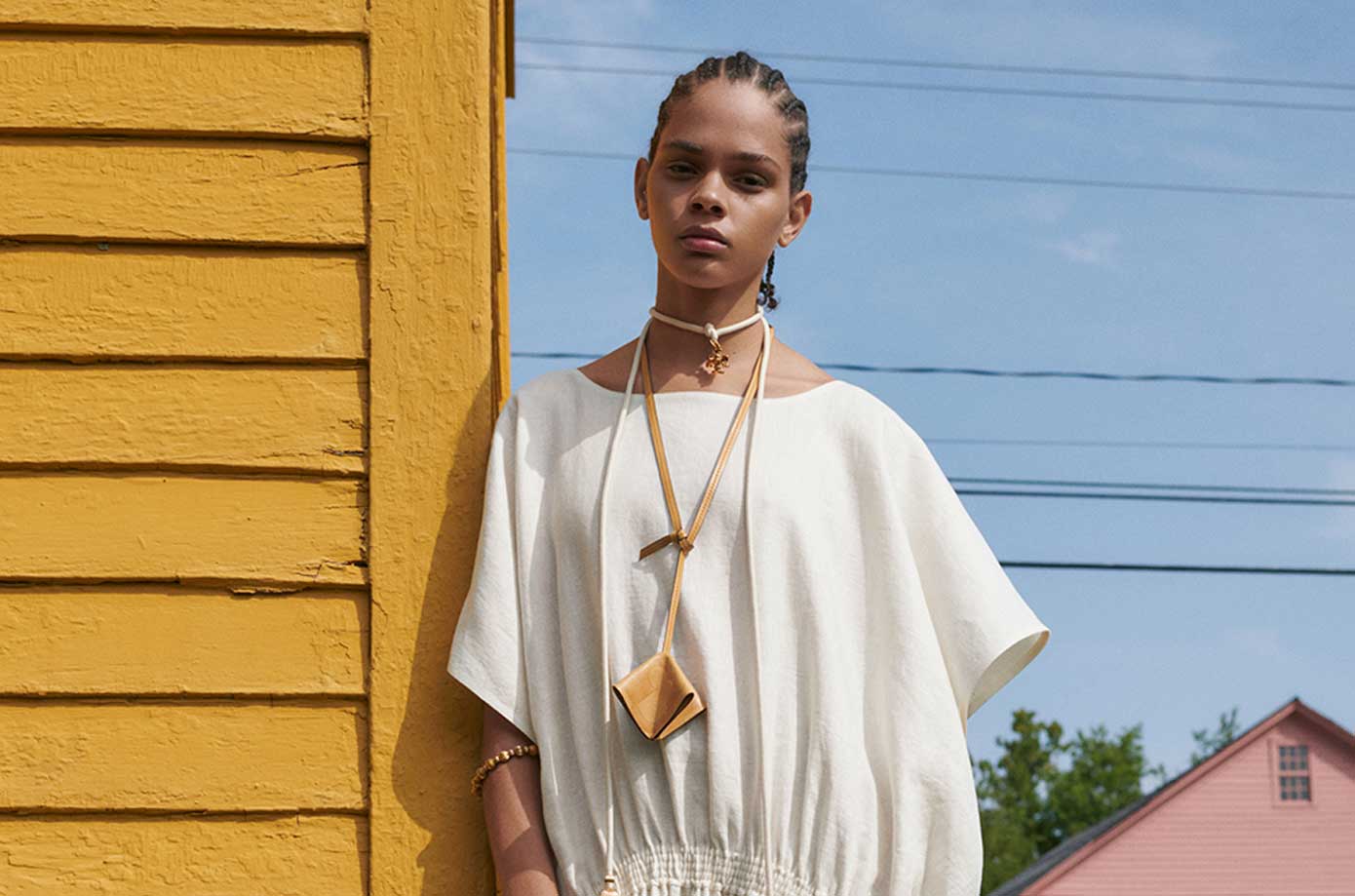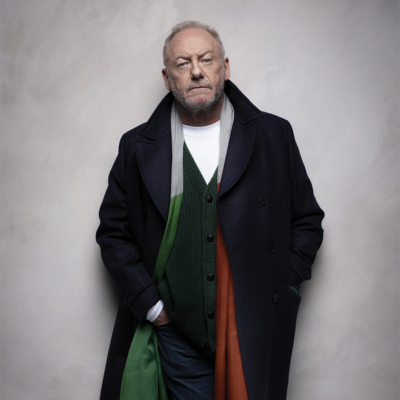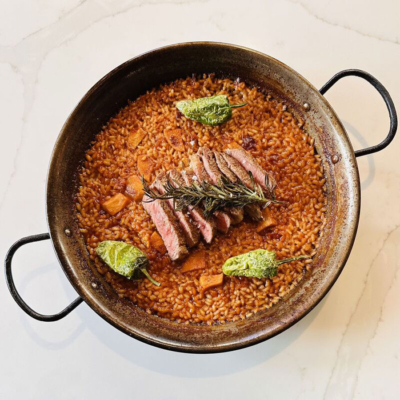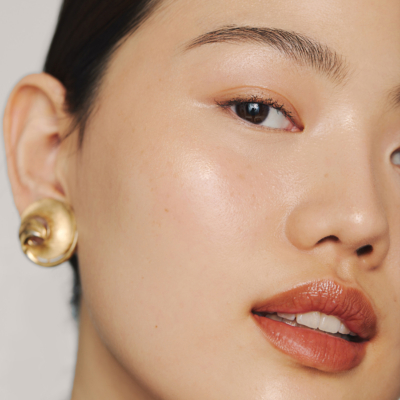It’s time to appreciate the Quaker values of simplicity, peace, integrity, community and equality, believes PENNY McCORMICK …
Late in 2020, designer Tory Burch credited the inspiration for her SS21 collection as “the purposeful craftsmanship of classrooms in my Quaker elementary school; and hand-crafted details from the places around the world I have been to and hope to see again.” The pared-back aesthetic included what seems like the touch of handmade decoration – embroidery, macramé, piping and quilting details. Burch’s overarching theme is “Beauty rests in utility”.
The collection resonated personally on many levels, not least its timelessness and wearability, but also because I too attended a Quaker boarding school – Friends’ School Lisburn, one of four in Ireland including Newtown School Waterford, Drogheda Grammar School and Rathgar Junior School. Together these schools have about 1,900 pupils.
The acronym SPICE (simplicity, peace, integrity, community and equality) neatly incorporates the “testimonies” of the faith (which dates back to 1668 and founding father George Fox) and is reflected in Friends Meeting houses. These are minimalist in appearance and inclusive in their layout – there is no hierarchy: gatherers face each other, all seated on the same level, with no one leader. The gatherings or Meetings (there are 29 Meetings across Ireland) are mainly held in silence, punctuated by reflections or readings from gatherers or Friends who stand to share their thoughts.

Tory Burch SS21
Unlike Tory Burch I did not excel at craft. I remember my mother completing several knitting projects on my behalf at Friends’ Prep (though I have developed a late onset love of cross stitch). However, I value my schooldays. The undemonstrative, egalitarian spirit (the antithesis to selfie culture), and the emphasis on contributing, rather than competing, are longterm takeaways.
A schoolfriend, Sheena Grattan, remembers: “One feature that in retrospect I consider to be a very good idea was that all of the Upper Sixth were given the responsibility of being prefects and that other than the two given at A level, there were no academic prizes.” Our school motto, Quae Sursum Sunt Quaerite (seek the things that are above), seems particularly on point.
My colleague, Sarah Halliwell, attended The Mount, a Quaker school in York (coincidentally the alma mater of Dame Judi Dench). Sarah recalls the long silences and the sober grey uniform which, she admits, is probably why she loves fashion so much now. But she also appreciated the laissez-faire way she was allowed time to find her feet, becoming comfortable with silence and her own company.
Ciara Harrison, a young Irish creative who studied textiles at NCAD, has drawn on her Quaker beliefs of simplicity and frugality, and used lockdown to launch a series of YouTube videos to teach the basics of embroidery. She says her Quaker beliefs influence her consumer and material choices. “I’m interested in frugality and the mending and re-use of materials.” Her Instagram project “Part of the Furniture” was inspired by the idea of matching clothes to her home surroundings. “I was imagining that perhaps if I were to stay in the house long enough I’d unconsciously begin to blend in to it or become part of the furniture.” Her series is both frivolous and fun, fusing observation and witty puns. “The photos centred around the notion of play and camouflage, visibility and invisibility and curiosity.”

Darina Allen
Harrison’s comments about invisibility chimes with the fact that Quakers have often been reticent about coming forward. “While Quakers are conscientious objectors to war they have always helped quietly in the background,” Darina Allen reminds me, when I call her to discuss her faith. I have interrupted her dictating a savoury oatmeal recipe for her forthcoming cookbook. We both laugh at the irony of this – the closest most of us have come to a Quaker is at the breakfast table while staring at the clichéd image of the Puritan (albeit a fairly jolly one) depicted on the box of Quaker oats.
Allen converted from Roman Catholicism after her marriage to Tim Allen, a Quaker. Their children are the sixth generation of the Allen family to have attended Newtown School, Waterford. Allen attends the Cork Meeting (somewhat irregularly, she admits). This gathering has done much to help refugees in the community. Many refugees have become stallholders at the Mahon Point farmers’ market, while Izz café, founded by a Palestinian refugee, is now a popular spot in the local culinary scene on George’s Quay, Cork.
Throughout history, Quakers have helped provide wholesome, nutritious food for the community in times of trouble. During the worst of the Great Famine, Quakers joined others in setting up soup kitchens, providing seeds for planting, and promoting the fishing industry. By 1852 they had helped 40,000 people and handled €110,000 in aid. More recently, during the Troubles, they provided a canteen for those interned at the Maze prison (they also set up two centres for cross-community discussion and the development of mutual trust). Both these initiatives are depicted on the so-called Quaker Tapestry, a series of Bayeux-style panels, a collaborative effort created by more than 4,000 men, women and children from 15 countries, over 15 years, which resides in Kendal, Cumbria.

Friends Meeting House, Monkstown, Co Dublin
Irish academic and Quaker Clodagh Grubb recommends I see this piece of work. She has curated the collection of samplers and textiles in Friends’ House Historical Library in Dublin since 2011 and has just published a book, Samplers, Sewing and Simplicity in Quaker Ireland. The starting point for Grubb’s seven-year research was her love of textiles and design, and the discovery of the rich and varied collection of needlework and textiles in the Library. “A love of colour and a diversity of scripts and motifs, many drawn from a broader European tradition, and the way in which they are arranged, gives many of the Irish Quaker samplers a character of their own.” (There are over 150 illustrations in her book). Of their fashion choices, Grubb says, “Quakers traditionally did not dress in patterned fabrics or have embroidery on the outside of their clothing – though it remained on underwear. They also refused to have lace draped on their clothes. This does not mean that Quakers were unfashionable. They were fashion conscious – the cut of the clothing was fashionable – but not the decoration.”
The authenticity of Tory Burch’s collection passes muster, I think. I ponder the Quaker values she endorses as I work on a new cross stitch kit. “We worked through the challenges of uncertainty, isolation, and distance, using our imaginations to travel in our minds and to find new ways to connect. We emerged with a renewed interest in restraint, simplicity and creativity, translated through timeless, uncomplicated clothing that is meant to be layered, and worn again and again.” Worthy advice for 2021, I believe.
LOVETHEGLOSS.IE?
Sign up to our MAILING LIST now for a roundup of the latest fashion, beauty, interiors and entertaining news from THE GLOSS MAGAZINE’s daily dispatches.



